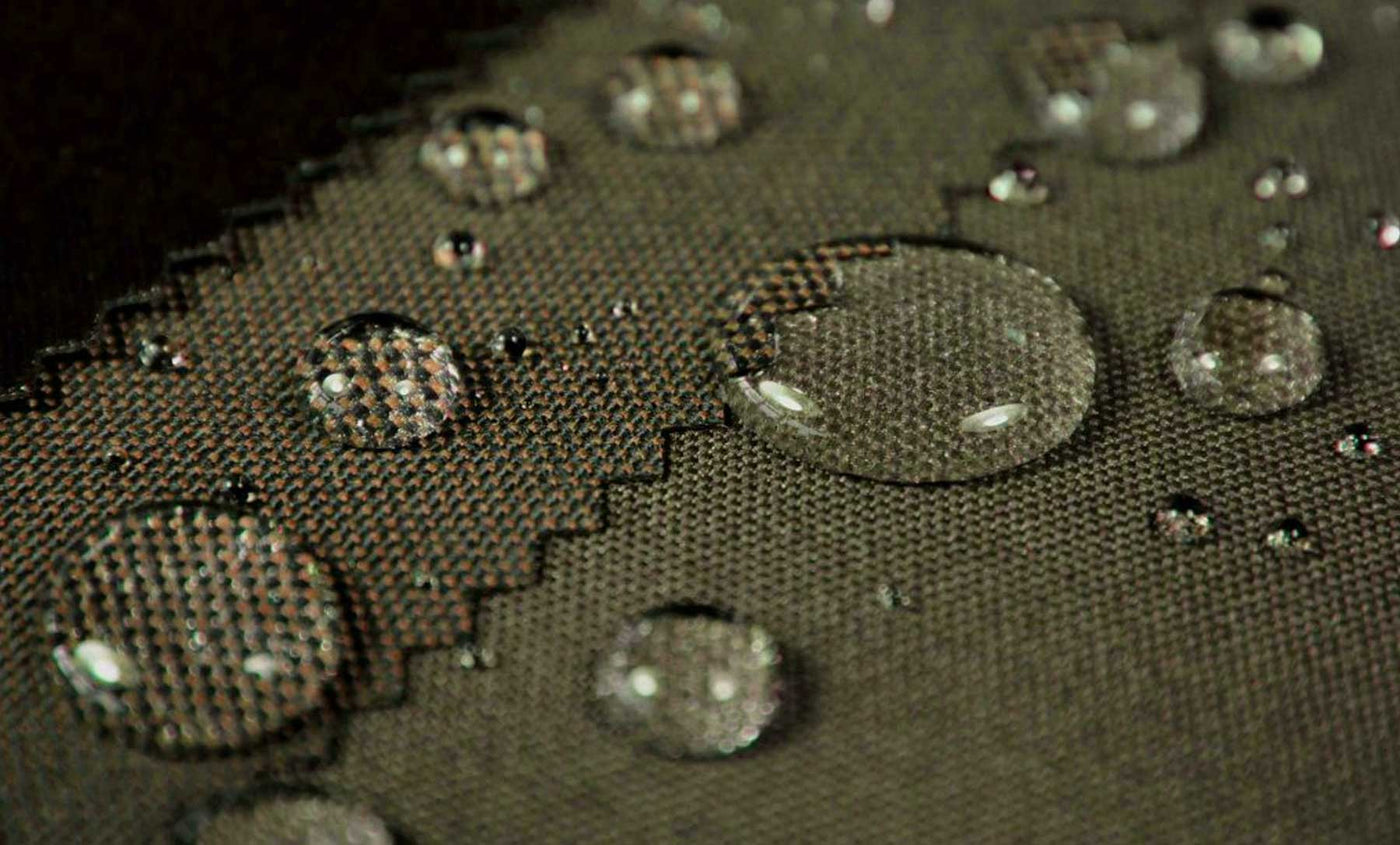Your Cart is Empty

DWR. A familiar term in the outdoors industry but what does it mean and what does it do? DWR stands for Durable Water Repellency. It's essentially a coating that is applied to a fabric (normally waterproof) that resists it absorbing water. If water is absorbed into waterproof fabric, this restricts its breathability and it begins to feel heavy and cold against the skin, even though the waterproof fabric is still stopping the water getting through.
A common misconception is that DWR itself means waterproof. However, it is simply an addition to make a product better suited to wet conditions. If DWR is added to non-waterproof fabrics, it will still let the rain and water bead off but when the DWR is overcome, which it inevitably will in persistent or heavy rain, the fabric will no longer be a barrier and water will pass through to the skin.
A waterproof fabric will keep the water on the outer face of the fabric, thanks to the use of a membrane, until such time as it too is overcome, and this will depend on the waterproof rating of the fabric. Most waterproof jackets are between 5k and 20k with 10k being the most common and a happy medium between waterproofing, breathability and price.
DWR, unlike waterproof fabrics that use a permanent membrane, is a temporary solution and will wash out after several washes no matter how good the DWR treatment. This is where products like Nikwax are using to re-apply the DWR and also the DWR can often be revitalised by a quick spin in the tumble dryer. It is also worth noting here that waterproof and DWR treated products should require less washing and simply hung out to dry. If they are washed make sure there of no traces of fabric conditioner in the washing machine as this will kill off the DWR almost immediately.
As always, if you have any queries about DWR, waterproofing and The Overland products, just drop us an email.